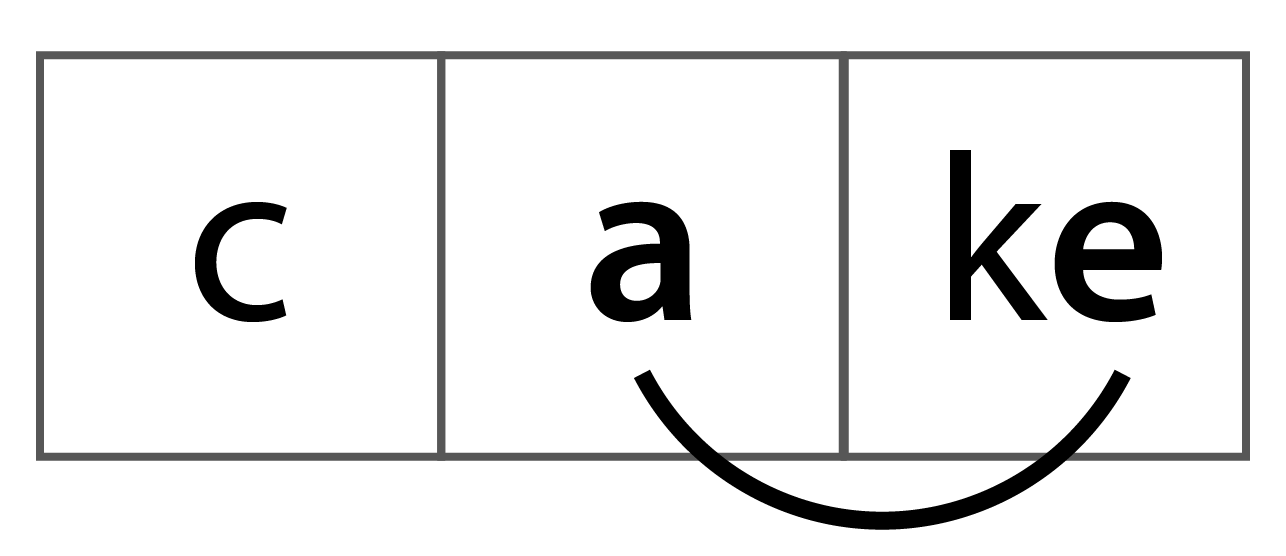Articles & Videos
Tricks of the trade: Tackling words that are difficult to segment
Categories
Subscribe to our newsletters
Receive teaching resources and tips, exclusive special offers, useful product information and more!
Tricks of the trade: Tackling words that are difficult to segment
Sound Waves Literacy 10/12/25

Segmenting words into phonemes (sounds) and graphemes is an essential skill for spelling success. Some words are fairly straightforward to segment, such as shop (/sh/, /o/, /p/) or chain (/ch/, /ai/, /n/), but what about fox or argue?
The complex nature of the English language means some words might be more challenging for students (and even teachers) to segment, and many words can be segmented in more than one way!
Here are some of the types of words that can be tricky to segment, along with tips to tackle them.
Words with ‘x’ representing two sounds
The word fox rhymes with socks. The word socks has four sounds (/s/, /o/, /k/, /s/) and so does the word fox, but the latter only has three graphemes (f, o and x). In the word fox, the grapheme x represents two sounds: /k/ and /s/.
When we segment a word that contains a grapheme representing two sounds, that grapheme is written across two boxes.

Other words where x represents the blend of /k/ and /s/ include box, six, taxi, next, relax, prefix and expect. However, x is not the only grapheme that does this. For example, the grapheme u in computer represents /y/ and /oo/.
Words with a /y/ and /oo/ blend
We sometimes write ue for /oo/ as in ‘boot’, like in the words true and glue. However, in the word argue, the grapheme ue represents two sounds (just like the x in fox does). The ue in argue represents /y/ and /oo/.
When we segment words with a /y/ and /oo/ blend, the grapheme representing the two sounds, such as the ue in argue, is written across two boxes.

There are several other graphemes that can represent the y/ and /oo/ blend. If you or your students are not sure if a word contains the y/ and /oo/ blend, say the word aloud with only an /oo/ sound and see if it sounds correct. For example, music does not sound right as /m/, /oo/, /z/, /i/, /k/.
Other graphemes that can represent the y/ and /oo/ blend include:
- u in computer
- u_e in tube
- eau in beauty
- ew in few
- ui in pursuit.
Words with a ‘qu’
Teaching students that the letter q is usually accompanied by the letter u is useful when it comes to spelling. However, when it comes to segmenting, students might get confused by the spelling convention and want to group the qu together as a grapheme to represent one sound, even though the q and u will likely be representing the two individual sounds /k/ and /w/.
In the word queen, we hear the sounds /k/ and /w/ at the start of the word. Queen has four sounds, so it is segmented into four boxes.

If students are attempting to incorrectly group the letters qu together as a grapheme representing a single sound, it’s important to go back to basics for segmenting:
- Look at the word, then close your eyes or look away from it so the letters do not influence you.
- Say the word out loud, slowly and naturally.
- Segment the word into its individual sounds, holding up a finger for each sound.
- Assign the relevant grapheme to each sound. (You can either draw a row of boxes and write each grapheme into a box, or use a tool like the Segmenting Tool available at Sound Waves Literacy Online).
Words with split digraphs
A split digraph is two letters representing one sound, but the two letters are split apart by another grapheme. The split digraphs are:
- a_e like in the word cake
- e_e like in the word these
- i_e like in the word ice
- o_e like in the word rose,
- and u_e like in the word flute (flute)
When we segment a word with a split digraph, we show the split digraph using a curved line to show the connection between the two letters. For example the sound /ai/ in cake is represented like this.

Words that end in ‘le’
Segmenting words that end in le can be very tricky because they usually have a schwa sound (represented by ![]() or /er/ in Sound Waves) in their pronunciation. The schwa is often a very quick sound in words ending in le and sometimes it is not clear whether it is in a word or not. In fact, segmenting words ending with le is so tricky that sometimes different dictionaries won’t agree on the number of sounds in the same word.
or /er/ in Sound Waves) in their pronunciation. The schwa is often a very quick sound in words ending in le and sometimes it is not clear whether it is in a word or not. In fact, segmenting words ending with le is so tricky that sometimes different dictionaries won’t agree on the number of sounds in the same word.
The word table, for example, could be segmented in two ways:
- Into five sounds – /t/, /ai/, /b/, /er/, /l/ – with le representing the blend of two sounds, schwa and /l/. Like the x in fox and ue in argue, when a grapheme represents two sounds, it is written across two boxes.

- Into four sounds –/t/, /ai/, /b/, /l/– with le representing /l/.

Ultimately, each of the above is correct and you can accept different answers from students as long as they can justify their choices.
Overall, when you come across a tricky word to segment, the most important thing to remember is not to get caught up in a black-and-white rule of how words should be segmented. Instead, embrace the rich discussions that can come about when tricky words are encountered. These discussions will prove invaluable as they also assist students to achieve the ultimate goal of spelling words correctly.